How the world of work is getting better for veterinarians
Oct 04, 2023
5 mins
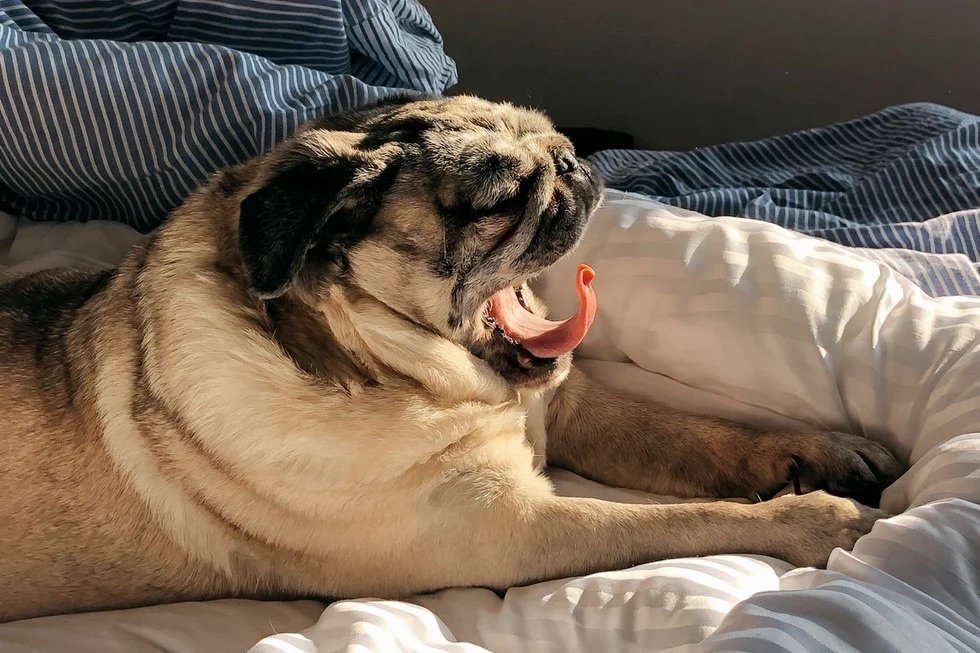
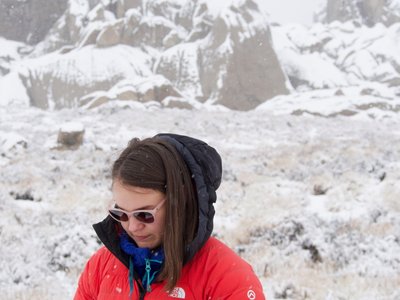
Ula Chrobak is a freelance journalist based in Nevada. You can see more of her work at https://www.ulachrobak.com/
Being a veterinarian can be a risky business, but changing approaches and treatments are making the industry a little gentler for all. Dr Marc Malek, owner and veterinarian at Foothill Farms Veterinary Hospital in Sacramento, California, has been working with animals for more than three decades. Much has changed over the course of his career, he says. When he started in the early 1990s, veterinarians often didn’t consider animal suffering beyond immediate pain, he says. Fear and stress weren’t concerns, including in the examination room, and few drugs were available to calm or sedate distressed dogs and cats. Oftentimes significant physical restraint was used during routine procedures. To trim the nails of a large dog, sometimes a team of veterinary workers would be needed to hold the animal down on the floor and prevent it from fleeing or biting, he explains. “It was brutal… holding them down and doing stuff to them that they didn’t want to have done,” he says.
This forceful approach, which puts veterinary staff at risk of injury, continues at some practices. Many aspects of a veterinary office can scare animals including slippery floors, unfamiliar smells, and being handled by strangers. For staff, wrangling a scared animal can result in injuries from bites, scratches and strains. Animal-caused injuries contribute to the veterinary industry experiencing some of the highest rates of injury. But many veterinary workers are finding that a gentler approach can reduce these risks, improving the safety of staff and promoting the emotional well-being of patients.
The risks of working in animal medicine
Between 2013 and 2021, veterinary services consistently ranked among the top eight industries for the highest rates of non-fatal injuries, according to Dr Christa Hale, an epidemiologist and public health veterinarian at the Centers for Disease Control and Prevention. Injuries inflicted by animals, such as bites and scratches, make up the majority of worker compensation claims, according to the American Veterinary Medical Association (AVMA). Animal handling-related claims are also common: managing strong and scared animals can lead to costly impacts such as back strain.
Perhaps surprisingly, cat bites and scratches are especially problematic, costing veterinary staff time lost from work and presenting a disability hazard, says Dr Karen Overall, a veterinary behaviorist at the University of Prince Edward Island. “They get infected like crazy,” she says of the feline-caused wounds. “They tend to be on extremities, and you can lose the use of your hand.” On top of animal-caused injuries, veterinary staff face risks typically found in other medical settings, such as needlesticks, when the skin gets punctured, falls and exertion injuries, adds Hale. Veterinary technicians, who do a lot of the physical handling of patients, are disproportionately at risk of getting hurt, according to the AVMA.
The psychological effect is not to be discounted either. Stressful encounters with defensive animals can weigh heavily on veterinary workers, and becoming fearful can impact their ability to work. She adds that it’s another factor in the pervasive burnout and compassion fatigue in the industry. “They’re overworked, they’re underpaid, they worry about the risk of injury, and they get really tired of killing things,” she says, referring to having to euthanize animals due to health and behavior problems.
How fear affects the animals
Experiencing high levels of fear is risky for pets, too. When pets experience elevated fear, anxiety and stress, they are not using their “thinking” brain and are operating from their emotional center in their brains, explains Dr Robin Downing, veterinarian and owner of Windsor Veterinary Clinic and the Downing Center for Animal Pain Management in Windsor, Colorado. “The risk to them is that they may hurt themselves attempting to escape, they may bite in self-defense that can lead to all sorts of unpleasant consequences, and they will not ever forget that bad experience, tainting them for every future veterinary visit,” she wrote in an email.
Stressful events can have lasting consequences on the physical and behavioral health of pets. This is especially true for young puppies: a single scary event can have long-term impacts on their wellbeing. Every frightening vet visit can compound the effect, because animals make the association between the vet’s office and bad things happening, and will expect the next time to be scary too.
Increasing cooperation can reduce injuries
A number of interventions can improve the experience of visiting a veterinary clinic for patients, in turn making handling easier for veterinary staff. Overall says that in a recent study led by a resident of hers, Dr Camille Squair, a treatment group of dogs received training to prepare for their exams. The veterinary office the dogs visited had mats on the floors for traction. The vet – who didn’t wear a white coat – examined the dog while sitting on the floor, offered treats, and used lidocaine, a local anaesthetic, when drawing blood. Compared to a control group that had a more standard vet visit, these dogs were “much calmer,” says Overall.
Other preventative handling measures include learning to recognize even subtle signs of fear in an animal’s body language, such as the whites of a dog’s eyes being visible. Some fearful animals can also benefit from the use of pre-visit anxiety medication. Overall adds that research has shown that having the owner present for exams reduces stress, too – unless the owner is very anxious.
Overall’s research on fear inspired veterinarian Dr Marty Becker to launch the certification program Fear Free in 2016. By completing online training on low-stress handling, veterinarians, veterinary technicians, administrative staff, and even whole clinics can be certified. Pet parents who want a less stressful experience can look up certified professionals online.
Now, Foothill Farms uses cat-calming pheromone diffusers and offers dogs treats such as peanut butter to distract them during procedures. If a patient is very scared and the procedure isn’t urgent, the staff might postpone the appointment until a time when the animal can take anti-anxiety medication before its visit. Compared to the past, “we’re more likely to not do a procedure and then have them return when they’re properly medicated,” says Malek. One big difference he’s noticed is that, while in the past virtually every cat that came in was hissing, now it’s rare.
Veterinarians say they’ve seen a significant reduction in work-related injuries since incorporating low-stress handling practices. “When you reduce the resistance, because of a decrease in stress, then you’re going to reduce the physical retaliation,” Malek says. Dr Nancy Bureau, co-owner and veterinarian at Left Hand Animal Hospital in Niwot, Colorado, added in an email that by “using animal body language and using Fear Free principles, veterinary practices have fewer on-the-job injuries from bites and scratches.”
Downing at Windsor Veterinary Clinic says that her dog patients actually pull their owners toward her Fear Free-certified clinic, adding that the owners of one dog had to change their walking route because the dog always tried to drag them to the office. Downing says her practice definitely became safer after focusing on low-stress handling. “Our patients are more comfortable and cooperative, our clients are much less stressed about their pet’s visit, and that lowers the stress level of every member of the veterinary healthcare team,” she wrote. “We are not on high alert waiting for a bite or scratch.” That sounds like a win for everybody.
Photo: Welcome to the Jungle
Follow Welcome to the Jungle on Facebook, LinkedIn, and Instagram to get our latest articles every day, and don’t forget to subscribe to our newsletter!

More inspiration: Physical health
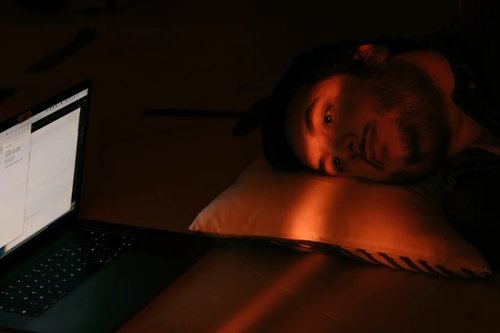
Navigating your career while managing chronic illness
Struggling to juggle work and chronic illness? Learn how to create a supportive career path and find solutions.
Dec 24, 2024

The best equipment to help you get exercise without leaving your desk
A sedentary lifestyle can lead to serious health problems. So, how can you stay fit while still at your desk?
Nov 09, 2023

Glued to your desk all day? Try these discreet exercises
Laptop-based work can mean freedom and comfort, but a sedentary lifestyle also brings a host of health risks...
Oct 18, 2023
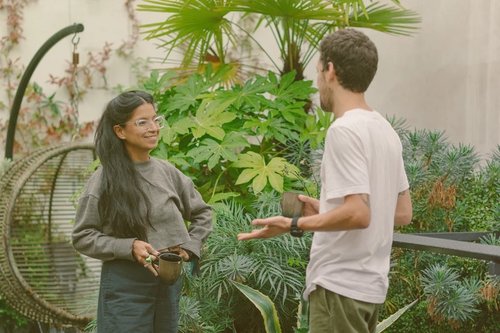
The dynamic benefits of walking meetings
As our jobs become more flexible, workers are finding new ways to improve their mental and physical health
Oct 03, 2023
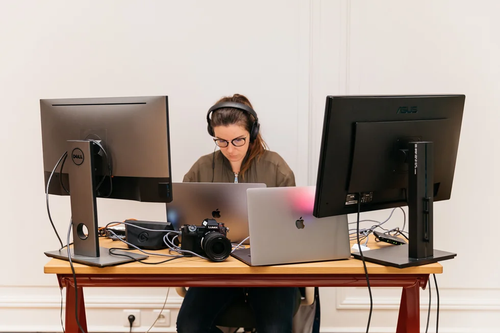
Digital eye strain: You are not alone
With the average American spending more hours in front of the screen than sleeping, computer vision syndrome has become a folk illness.
Oct 04, 2022
The newsletter that does the job
Want to keep up with the latest articles? Twice a week you can receive stories, jobs, and tips in your inbox.

Looking for your next job?
Over 200,000 people have found a job with Welcome to the Jungle.
Explore jobs